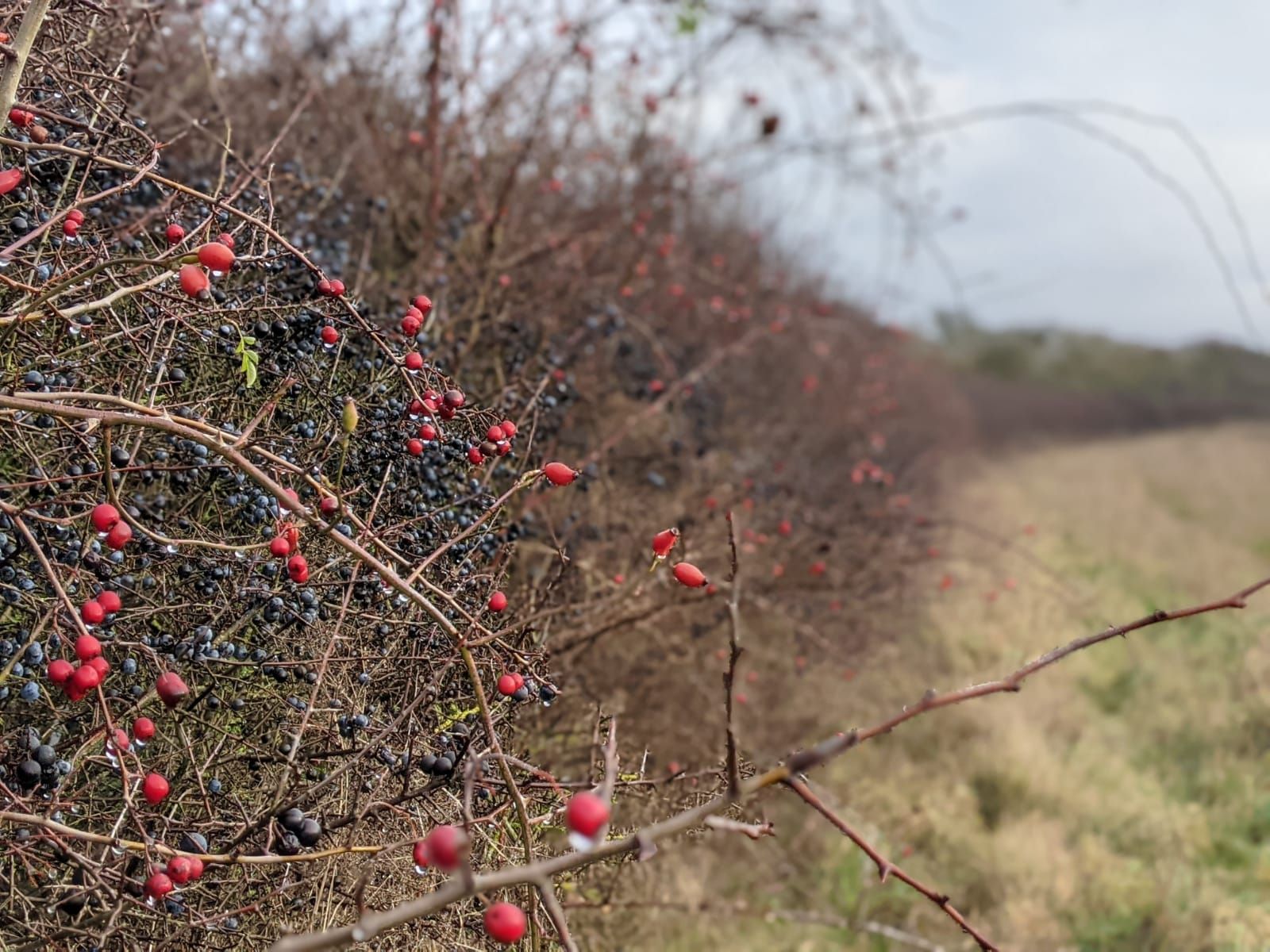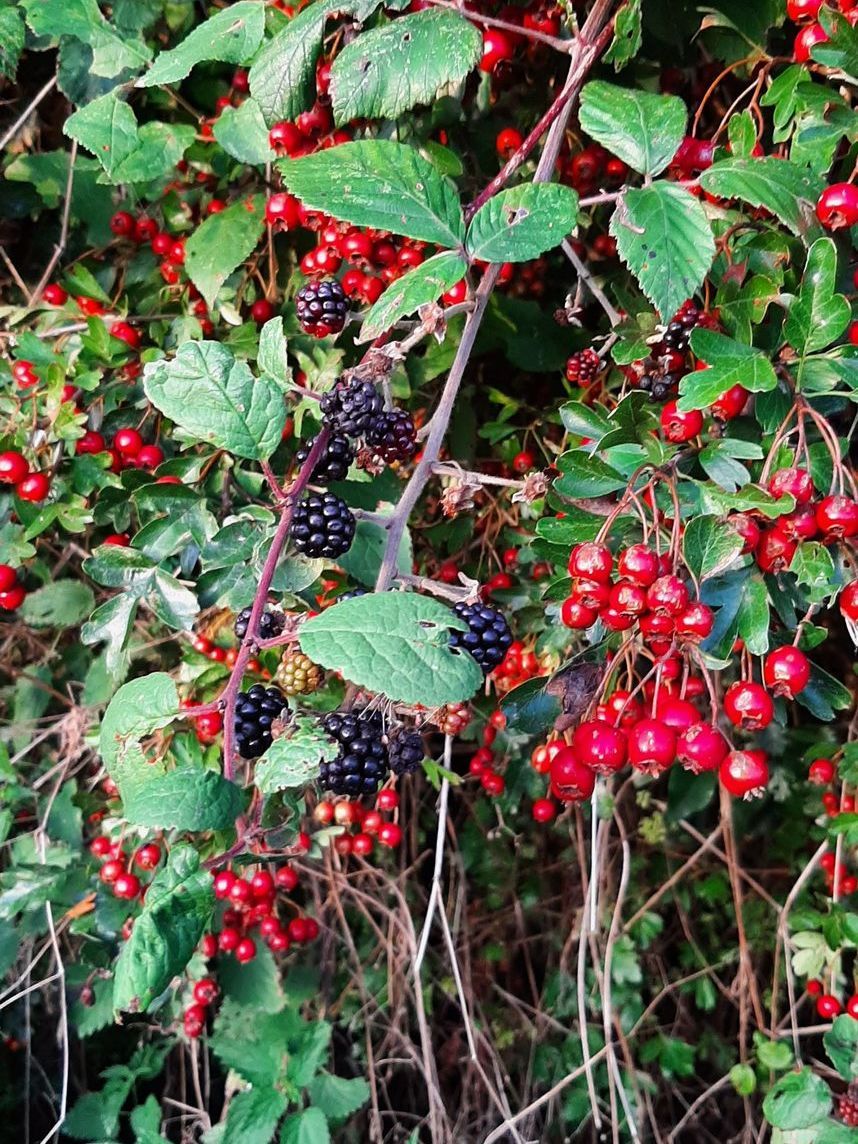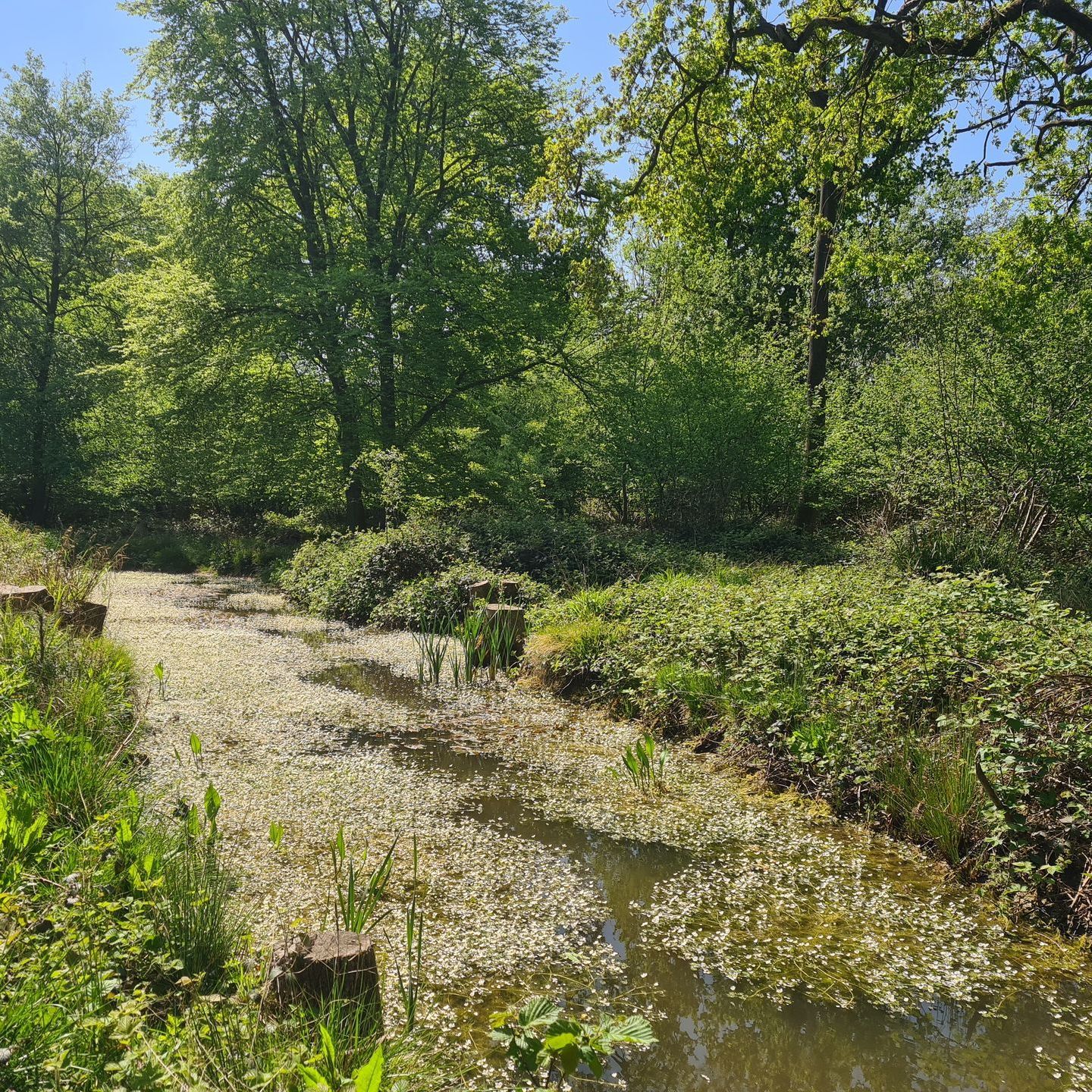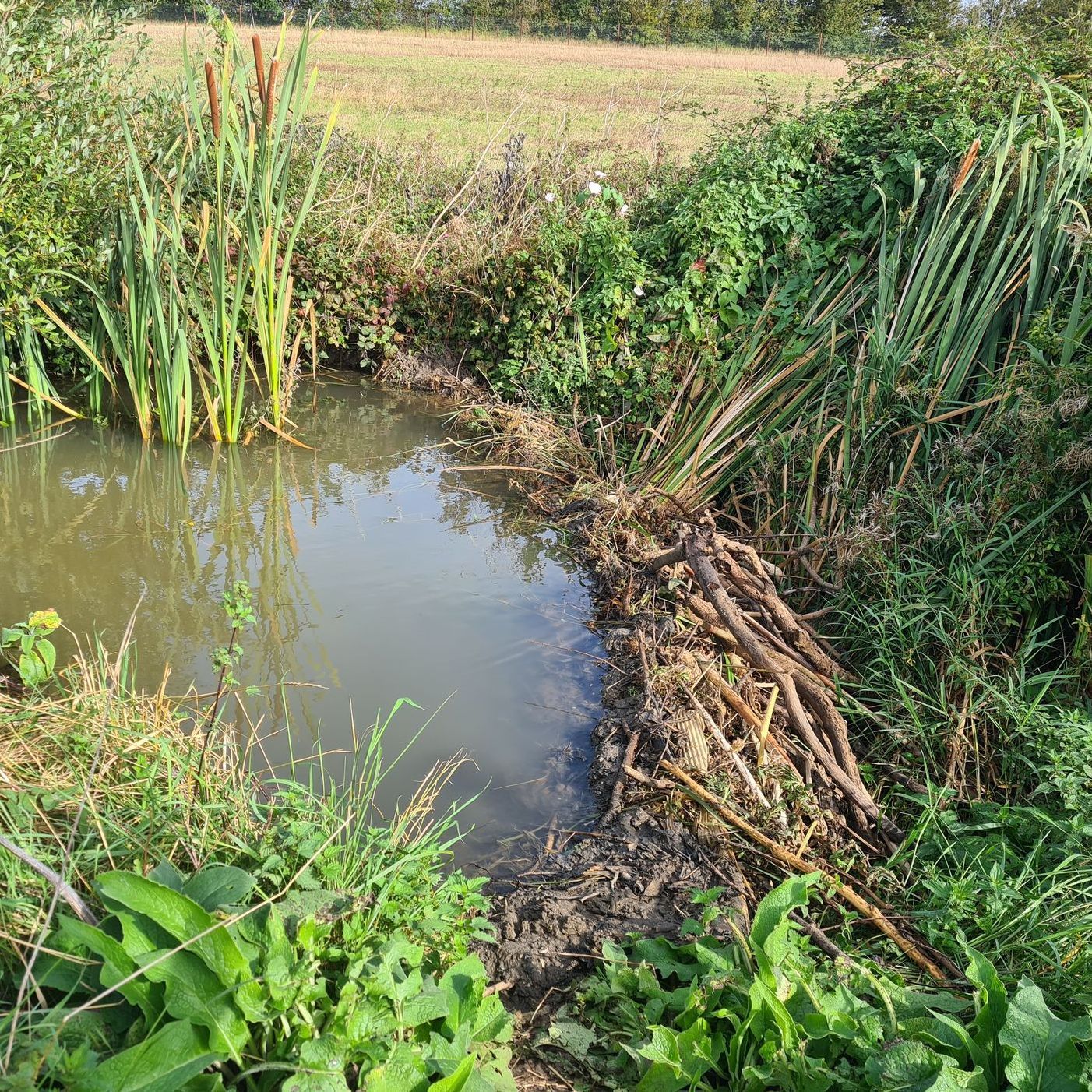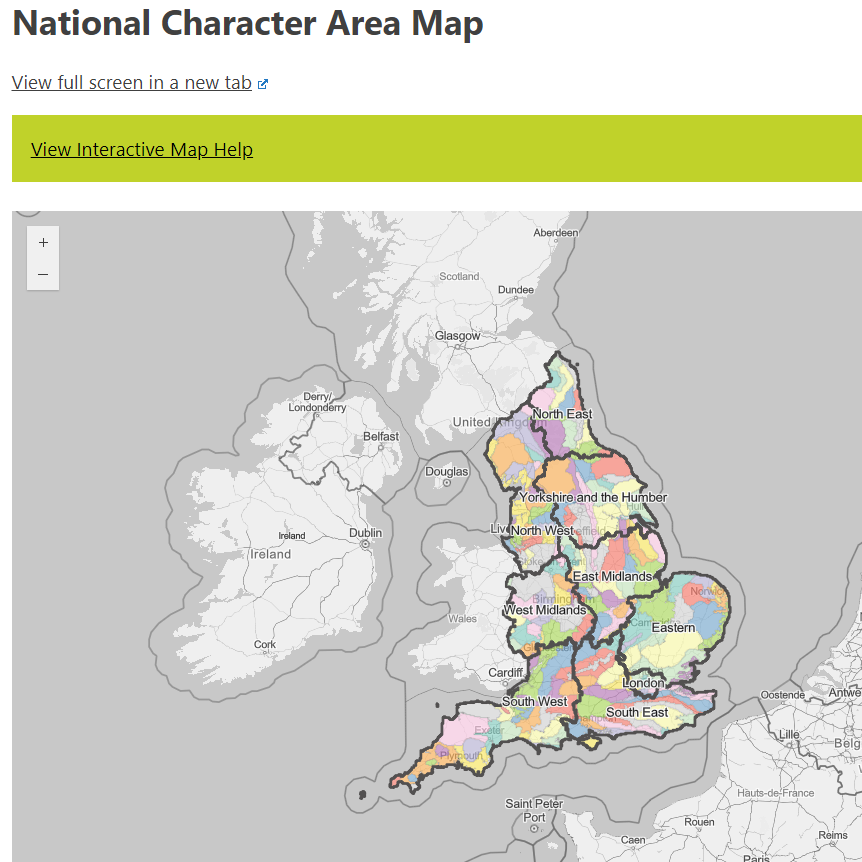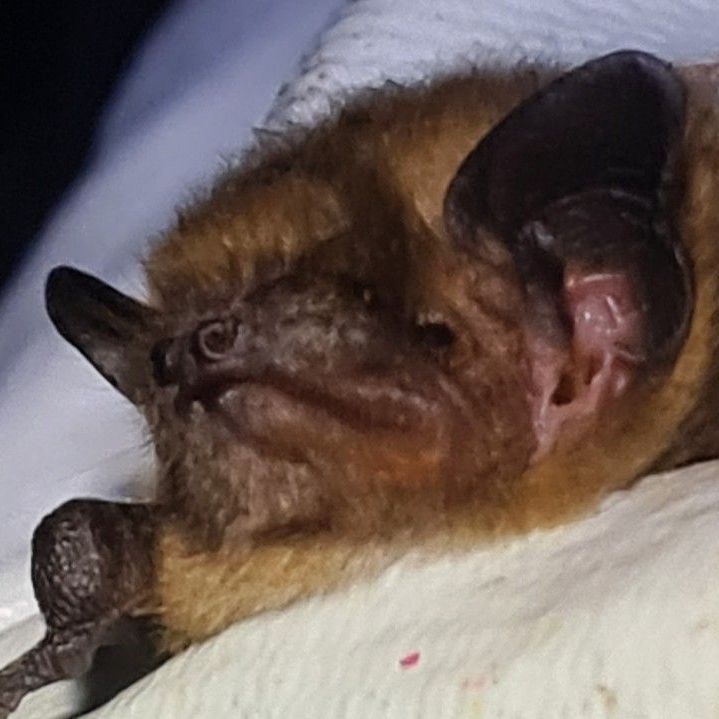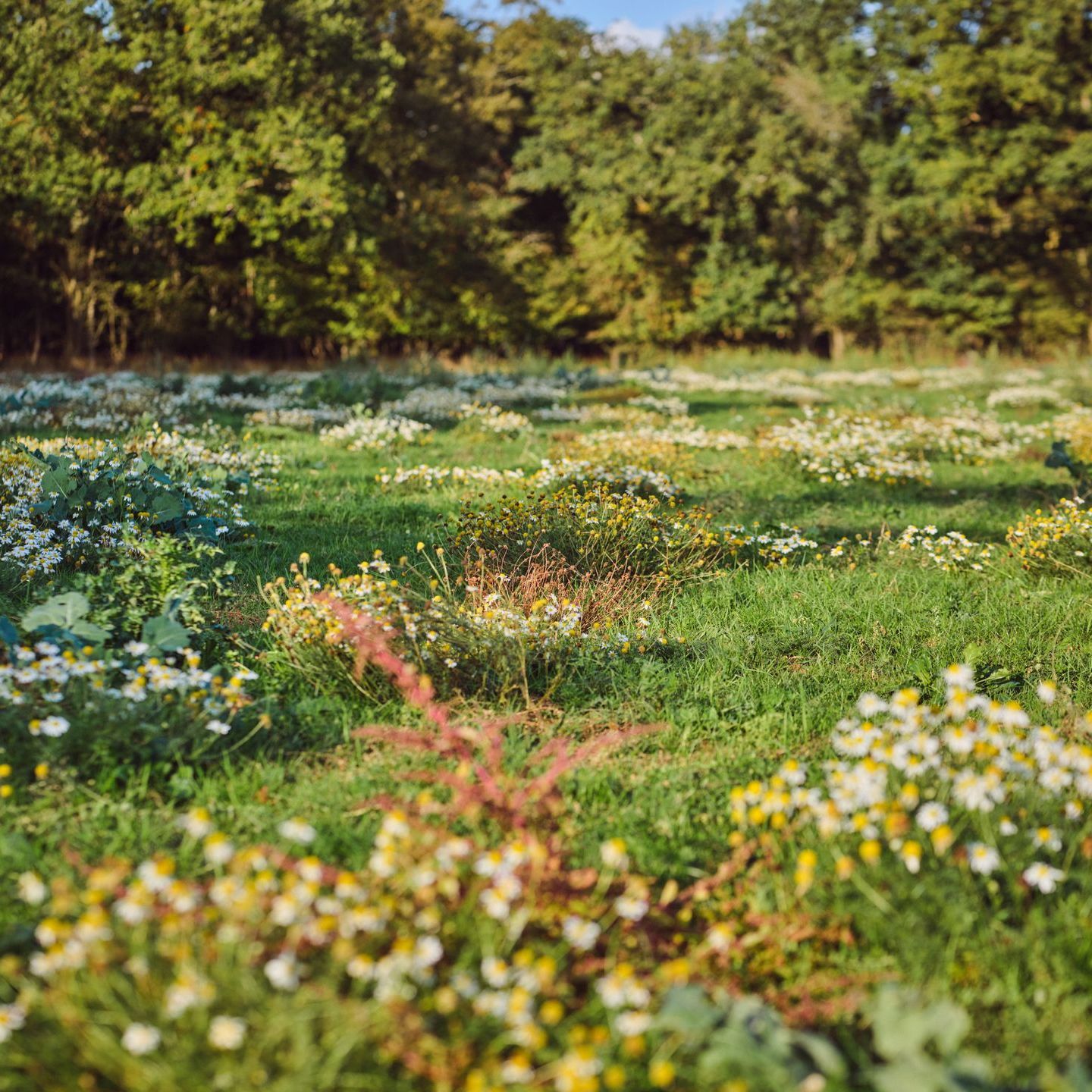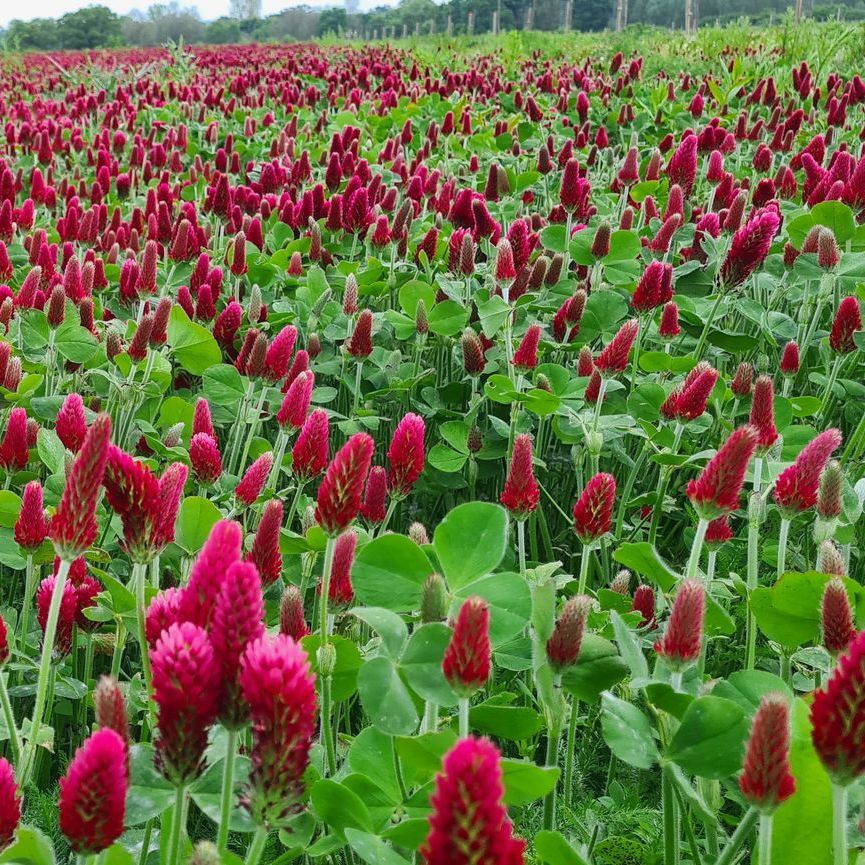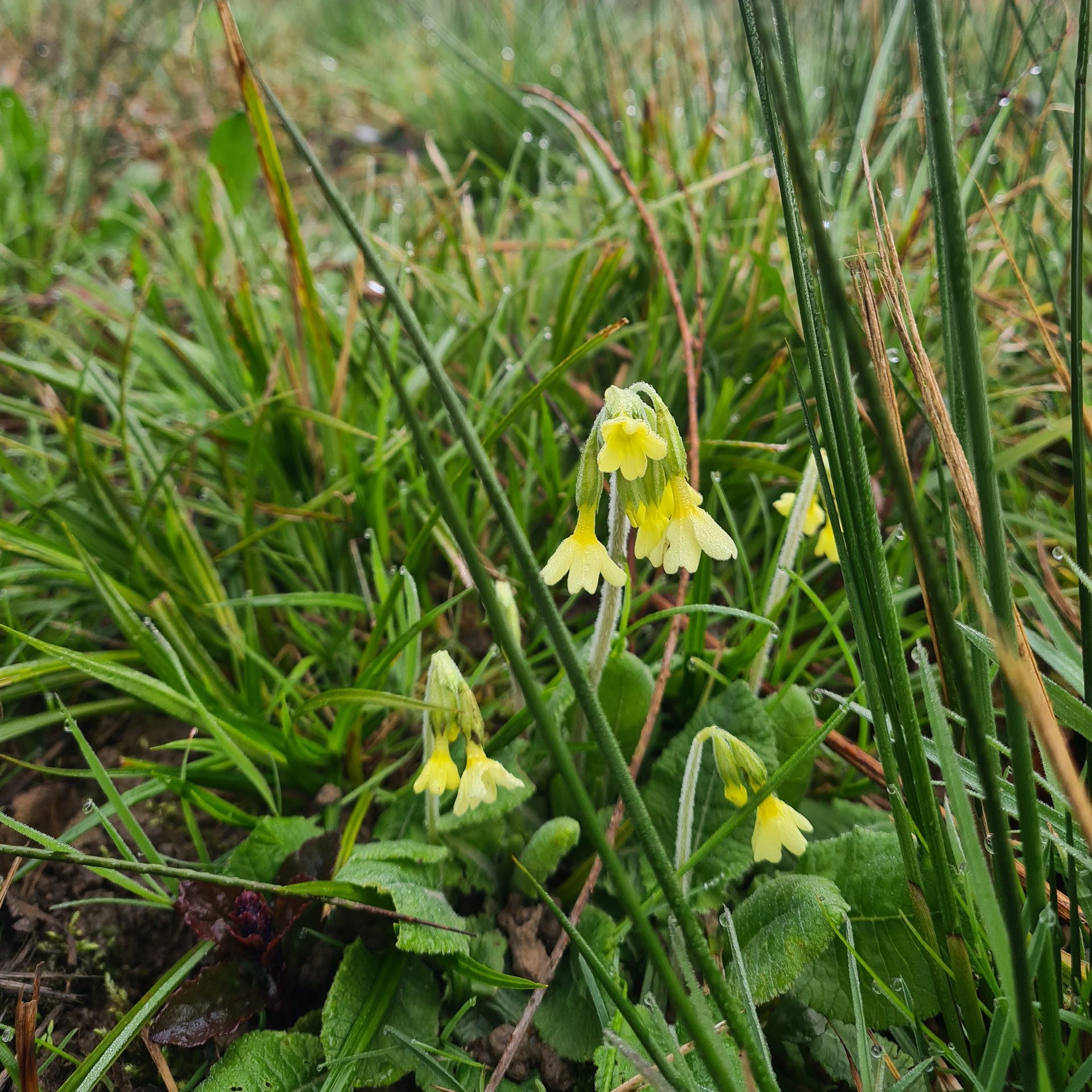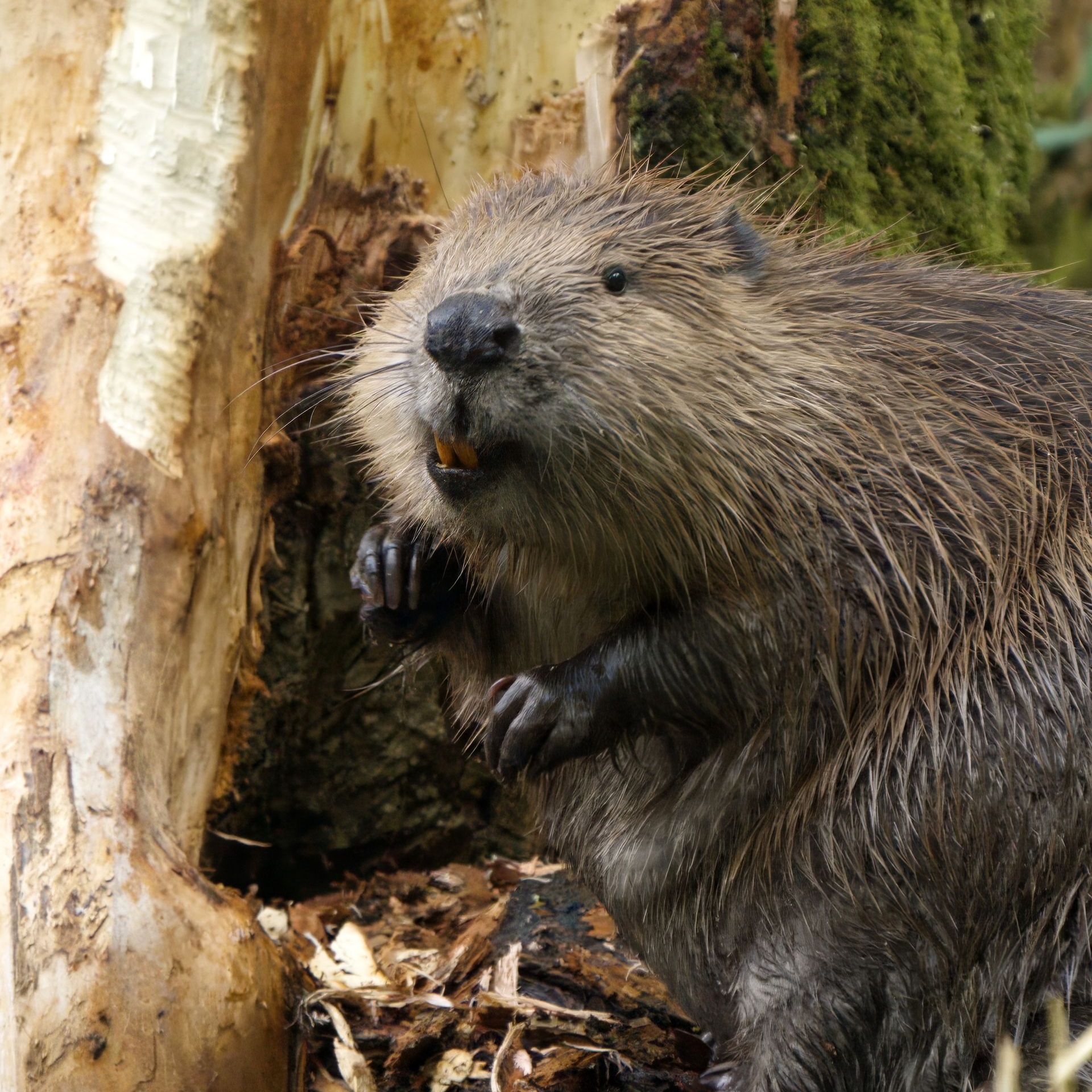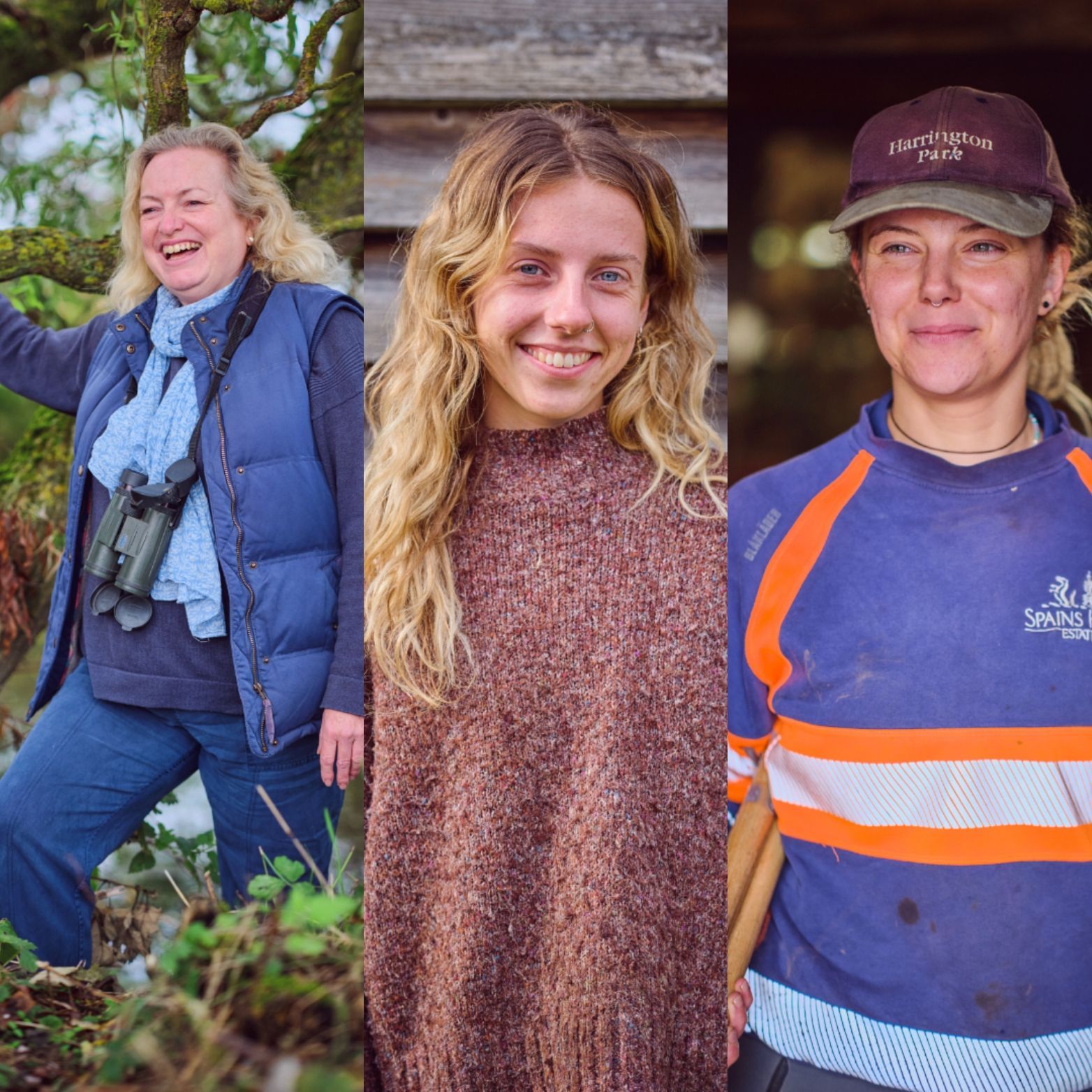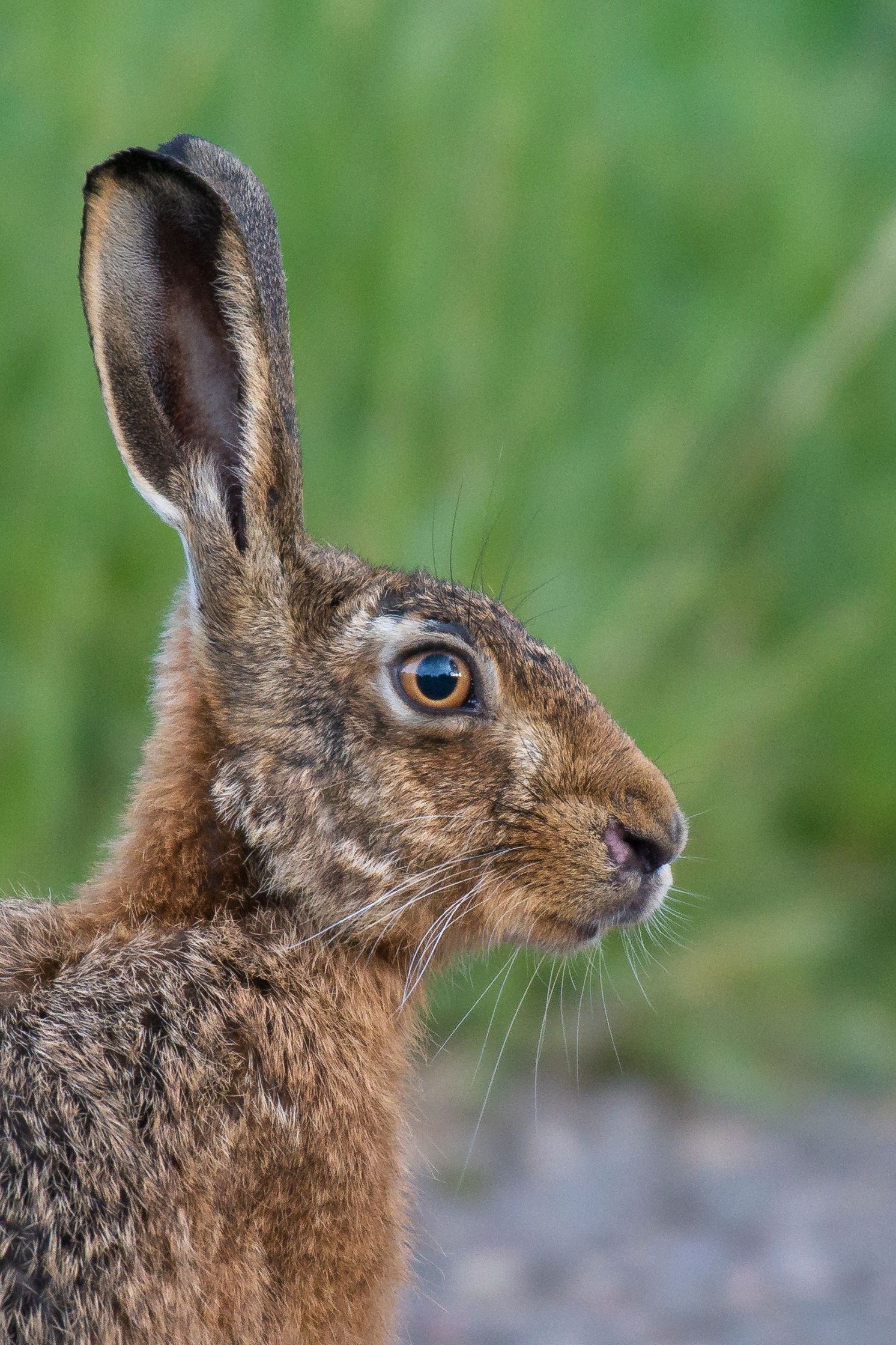Whilst our roadside and footpath hedgerows need to be cut regularly for public safety, the Estate is now reducing its cutting frequency on the internal hedgerows to support and encourage the local wildlife along with its winter visitors.
Common hedgerow species, such as Hawthorn and Blackthorn, only produce flowers on woody growth that is more than a year old. If the flowers are pollinated by insects, then the fruits start to appear from mid-summer onwards, maturing into colourful red Haws and black Sloes with a purple-blue outer hue.
Blackthorn’s white flowers, seen in early spring, before the shrub actually comes into leaf, are mainly pollinated by bumblebees, often emerging from their over-winter quarters from February onwards, whereas the later flowering Hawthorn is pollinated mainly by solitary bees.
Cutting makes a big difference to the number of berries, with a hedgerow managed, but uncut for at least two years, producing 143-175g of berries per 2.5m2 of hedge compared to only 4-11g of berries/2.5m2 of hedge when cut annually.


